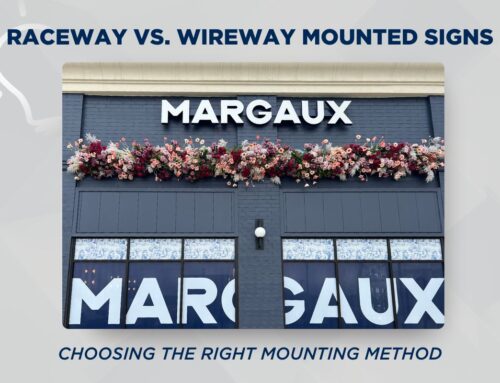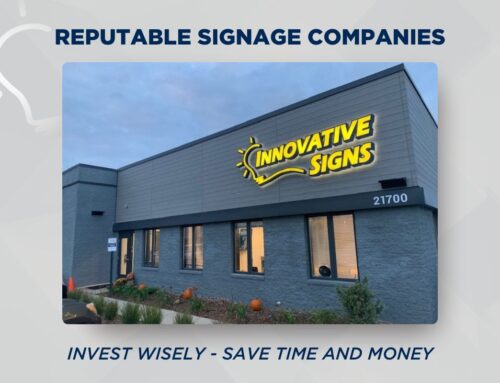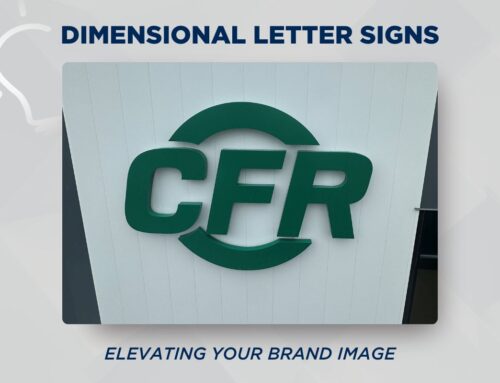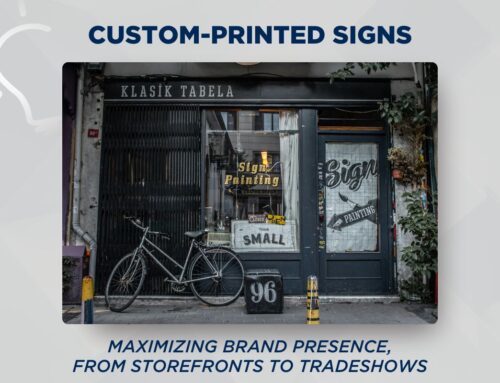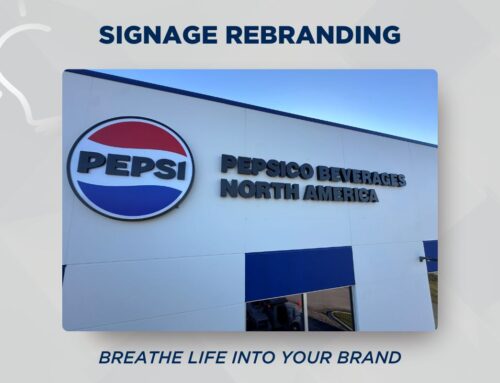When it comes to office signs, the importance of branding, company identity, and visual presentation can never be overstated. Your signages shouldn’t just aim to guide visitors to the restroom or the exit—they are, in fact, silent brand ambassadors. Let’s delve into the aesthetic realm of office signs and understand where branding meets purpose.
1. Office Signs are First Impressions
The moment a client or potential partner walks into a building or office, the signage they encounter is one of the first things they’ll notice. Think of an elegantly designed signboard bearing the name and logo of the company. Not only does it direct visitors, but it also sends a subtle message about the brand’s attention to detail and professionalism.
2. The Blend of Aesthetics and Utility
While signs need to be primarily functional, this doesn’t mean they should be devoid of style. For instance, a sign indicating a staircase could be designed using sleek lines and modern typography, embodying the company’s aesthetic and the very function of the sign.
3. For Office Signs? Materials Matter.
The choice of material for your signs says a lot. Acrylic signs exude a sense of modernity and sleekness. On the other hand, wooden signs can give off a more rustic or vintage vibe. Consider the overall aesthetic of your office space when selecting materials. Remember, even though these are ‘just signs’, they play a role in reinforcing brand imagery.
4. Cohesiveness Is Key
It’s essential to maintain a consistent aesthetic across all your signs. This doesn’t mean they should all look identical, but a unifying theme should exist. Whether it’s the color palette, the type of material, or the design motif, cohesiveness ensures that your office environment feels integrated and harmonious.
5. Office Sign Positioning and Visibility
Functionality is at the core of signage. Even the most beautifully crafted sign loses its value if it’s placed in a hard-to-see location. When considering sign placement, prioritize areas with high foot traffic and ensure the sign’s design complements its surroundings.
6. Innovation in Office Signs
Interactive signs or digital sign boards can serve dual functions. For instance, a digital sign can showcase the company’s latest achievements or news while guiding visitors to different departments. This fusion of form and function can significantly enhance the visitor’s experience.
7. Legibility is Non-Negotiable
While experimenting with fonts and designs can be tempting, you should never compromise legibility. The primary role of a sign is to convey information. Choose fonts and colors that are easily readable, even from a distance.
8. Embracing Minimalism
Modern office spaces are often characterized by minimalist design. Signs can adopt this aesthetic by being simple yet impactful. This doesn’t mean they should be boring, but rather that they convey their message without unnecessary embellishments.
While practical, office signs are much more than mere indicators. They hold the potential to elevate a space, reinforce branding, and provide an immersive experience for everyone who walks through the office doors. They can truly transform an office environment when designed with a thoughtful balance of form and function. Investing time and resources into well-crafted signage can yield tangible and intangible returns for business owners. After all, where form meets function, beauty, and purpose coexist harmoniously.
Whether you are rebranding your campus or starting fresh, Innovative Signs can manufacture and install all of the signs you need in your workplace. If you’re in Southeastern Wisconsin, call Innovative Signs for your next sign.


